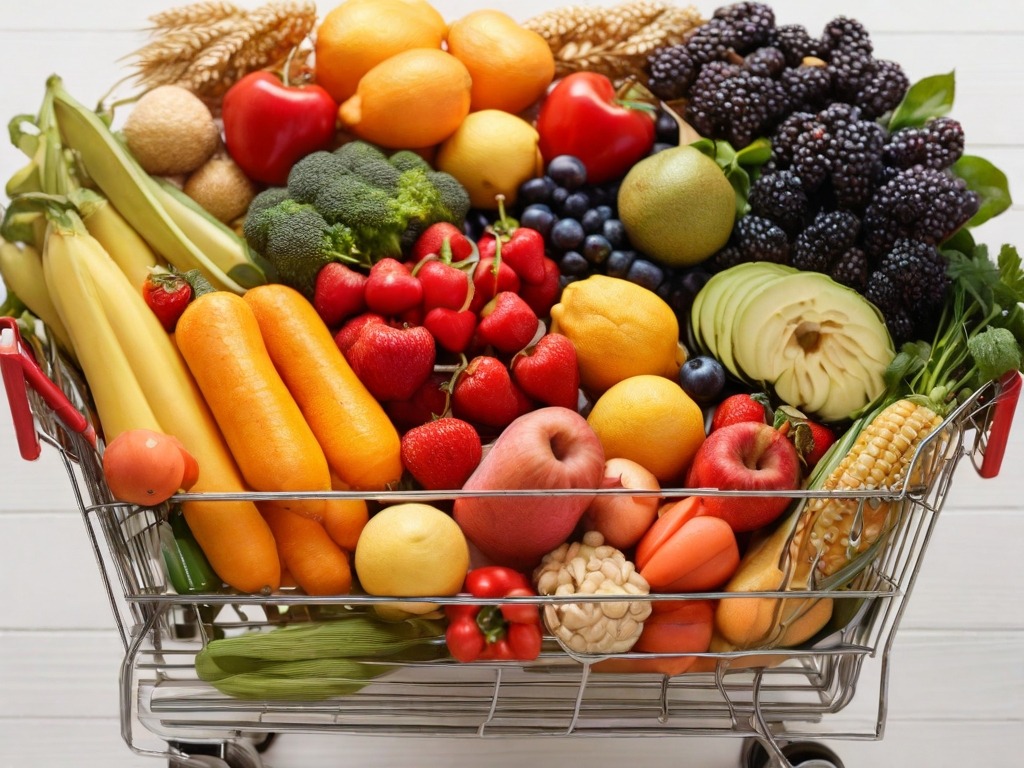Table of Contents
Your 9 Point Guide to a Budget-Friendly Grocery List
Making healthy choices shouldn’t cost a fortune. This guide equips you with expert tips to fill your cart with nutritious food without breaking the bank.
Planning is Power:

- Craft a List, Stick to It: Before you shop, plan your meals for the week. Aim for two-thirds of your plate filled with fruits, vegetables, and whole grains. This creates a healthy foundation for your grocery list.
- Embrace Apps: Meal-planning apps like MyPlate by the USDA or Plan to Eat offer recipe suggestions, generate grocery lists based on your selections, and some even integrate with delivery services for added convenience.
- Resist Temptation: Skip pre-cut produce and prepared meals. These offer convenience at a premium, with less nutritional value and often higher sodium content. Avoid shopping hungry – a light snack like a handful of almonds or some Greek yogurt can curb impulsive cravings for unhealthy choices.
Fresh Over Processed:
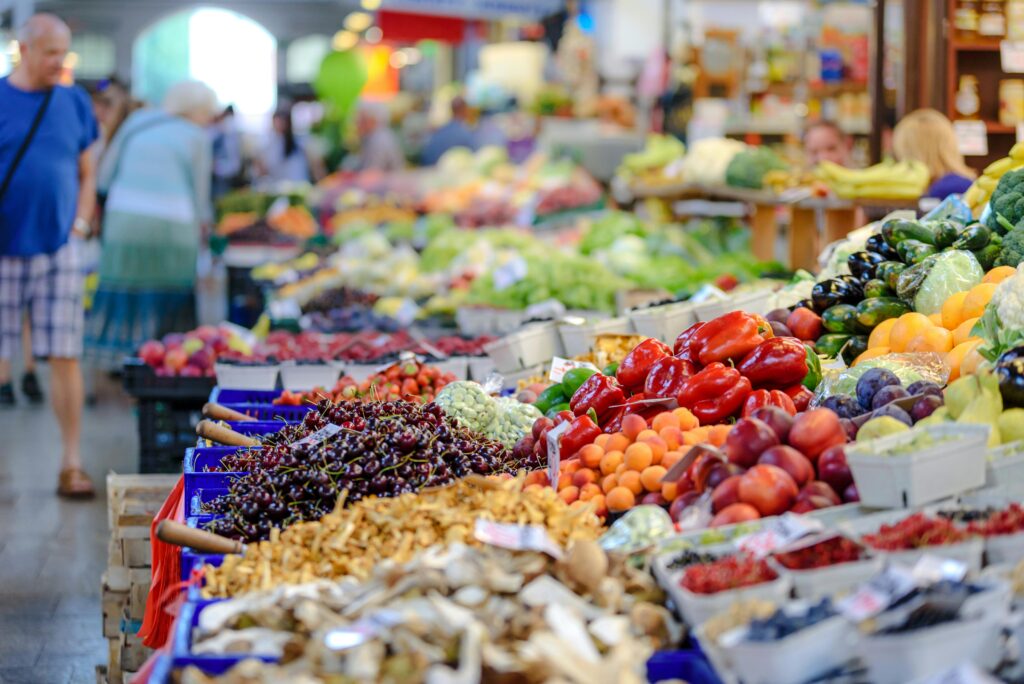
- Shop the Perimeter: Head to the store’s outer aisles where fresh produce resides. Processed foods often come with higher prices due to packaging and convenience factors. Opt for whole foods in their natural state for a budget-friendly and healthier choice. Consider frozen fruits and vegetables as a good compromise – they’re flash-frozen at peak freshness and retain most of their nutrients, while lasting longer than fresh produce.
Unit Price Savvy:
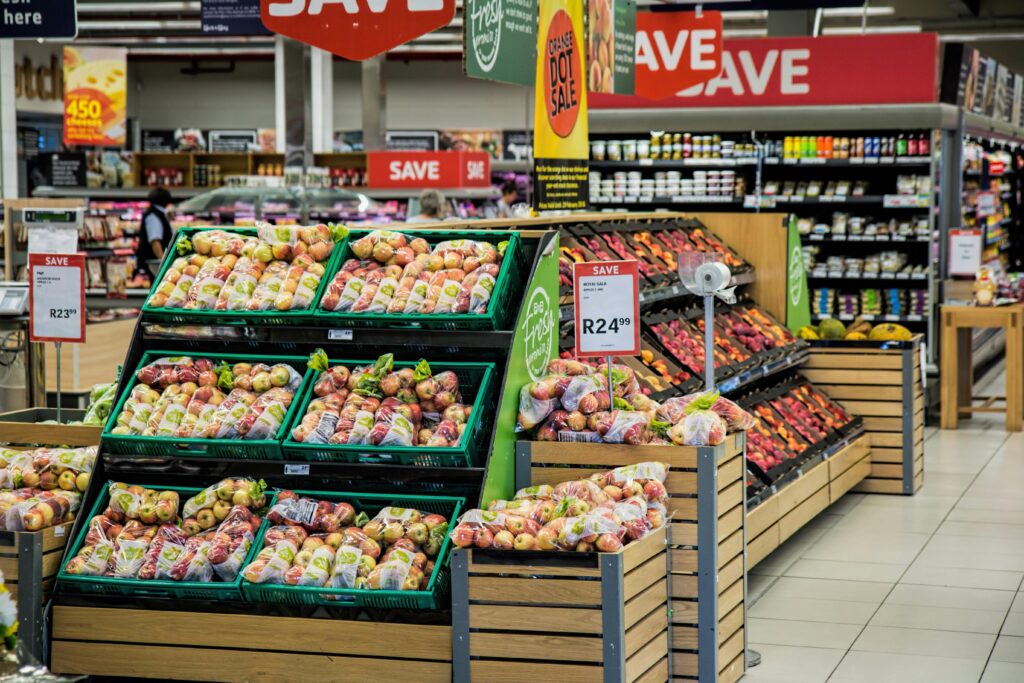
- Compare Servings, Not Just Price: Look at the unit price, typically displayed as “price per ounce” or “price per 100 grams.” This helps you choose the option that gives you the most value for your money. Generic and store brands can offer significant savings compared to name-brand products, and the quality is often comparable.
Protein on a Budget:
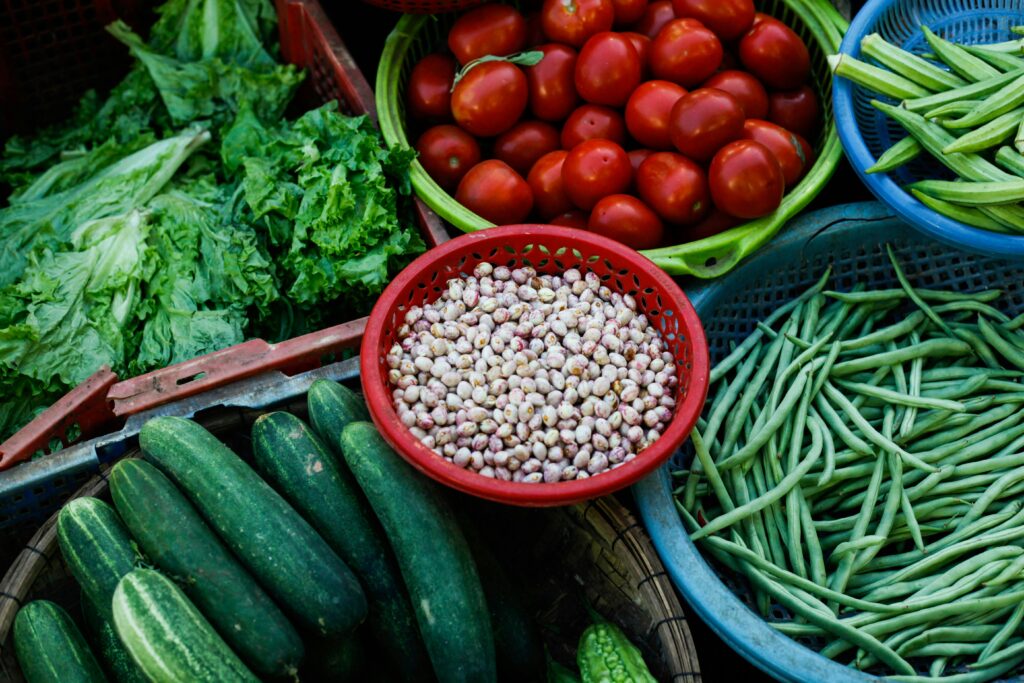
- Reduce Meat Consumption: Meat is often the priciest meal component. Focus on plant-based proteins like beans, lentils, chickpeas, and tofu as excellent alternatives. These are all rich in protein and fiber, keeping you feeling fuller for longer. Opt for lean chicken or fish when including meat, and prioritize smaller portions. Aim for 1-2 servings of lean protein per day.
Seasonal Delights:
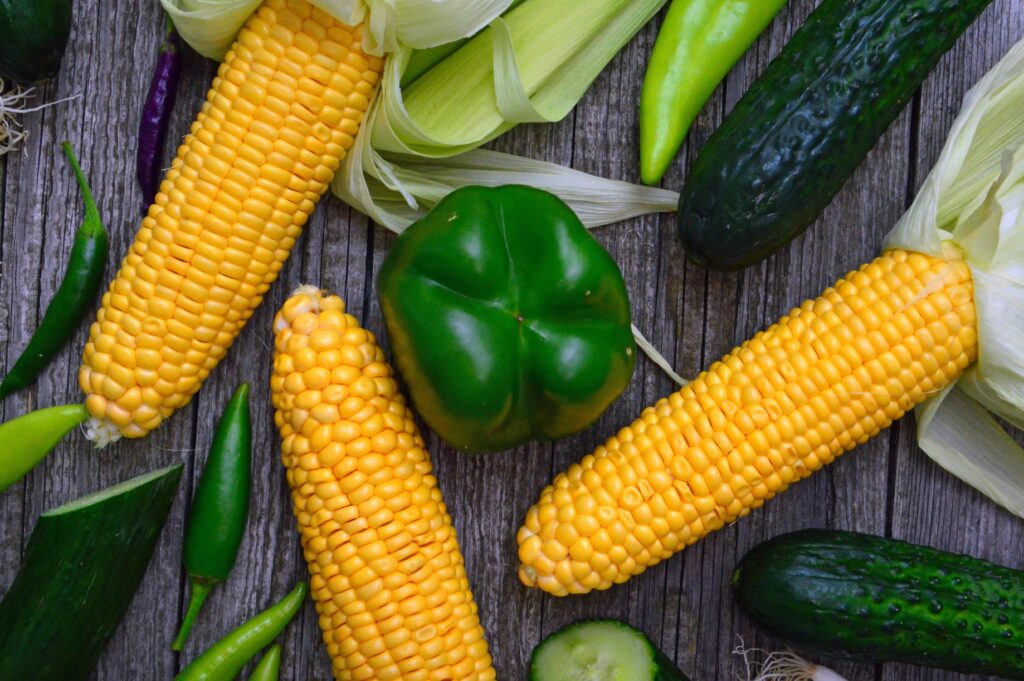
- Embrace Local, Seasonal Produce: In-season, local produce is typically cheaper due to abundance and reduced shipping costs. It’s also fresher and lasts longer. Check the USDA’s Seasonal Produce Guide for what’s in season near you. Farmer’s markets are another great way to find local deals and support local farmers. Look for vibrant colors and unblemished skin when choosing fresh produce.
Prioritizing Produce:
- Organic on a Budget: While organic is ideal, it can be expensive. The Environmental Working Group’s Shopper’s Guide highlights the “dirty dozen” – fruits and vegetables with the highest pesticide residue. Focus on buying organic options for these items, like apples, strawberries, spinach, and celery.
- Don’t Ditch Fruits & Veggies: Even non-organic produce offers valuable antioxidants and phytochemicals that can help reduce your risk of chronic diseases. Washing thoroughly under running water helps reduce pesticide residue concerns.
Debunking 4 Common Nutrition Myths: How To Eat To Make Yourself Healthy
Minimize Waste:
- Frozen & Canned Options: Planning can be tricky, and fresh produce can spoil before use. Frozen and canned fruits/vegetables are great for reducing waste. Prioritize fresh options first, then rotate in frozen/canned later in the week. Check labels for sodium content in canned vegetables and rinse before cooking. Choose longer-lasting produce like romaine lettuce over spring mix.
Skip Sugary Drinks:
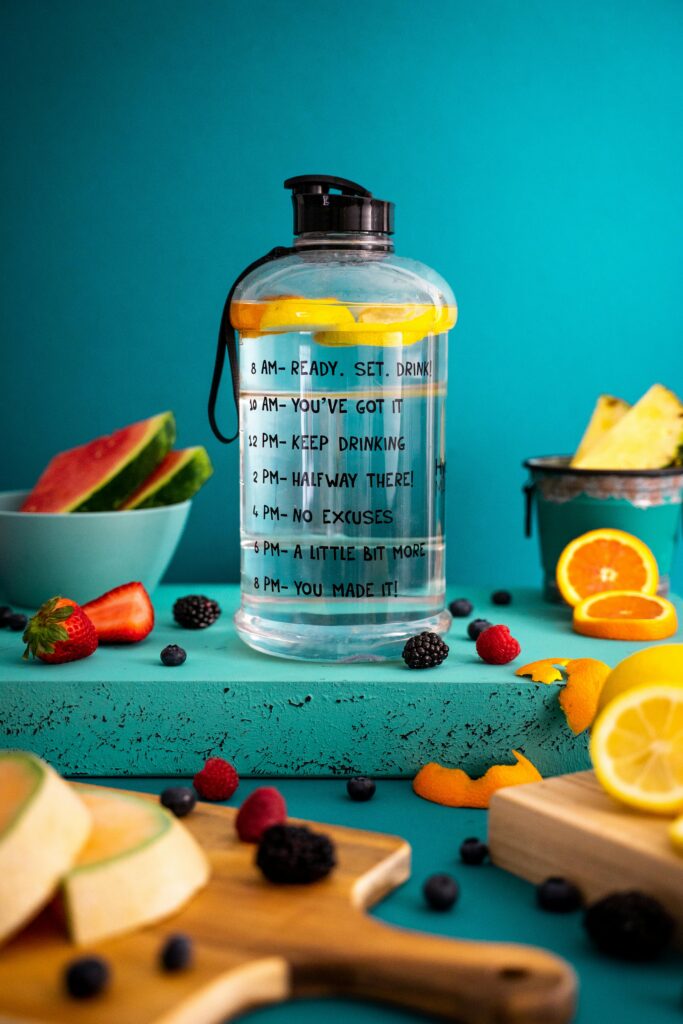
- Limit Alcohol: Studies show even moderate alcohol intake increases cancer risk. The National Cancer Institute recommends limiting women to one drink per day and men to two. Remember, less is better.
- Ditch Sugary Beverages: Avoid sugary drinks like soda, sports drinks, sweetened teas, and anything with added sugar. Artificial sweeteners offer no nutritional value and are best avoided. Opt for water, unsweetened tea or black coffee instead.
Invest in Your Health:

Eating a healthy, plant-based diet and maintaining a healthy weight are powerful ways to reduce your cancer risk and improve overall well-being. These tips empower you to achieve this goal while staying within budget constraints. Remember, healthy choices are worth it for a lifetime of well-being!
